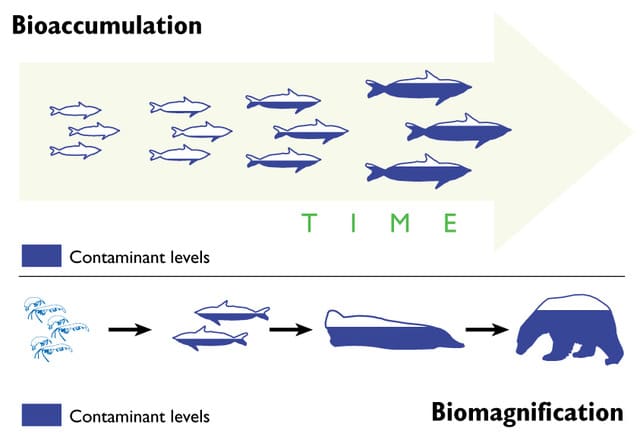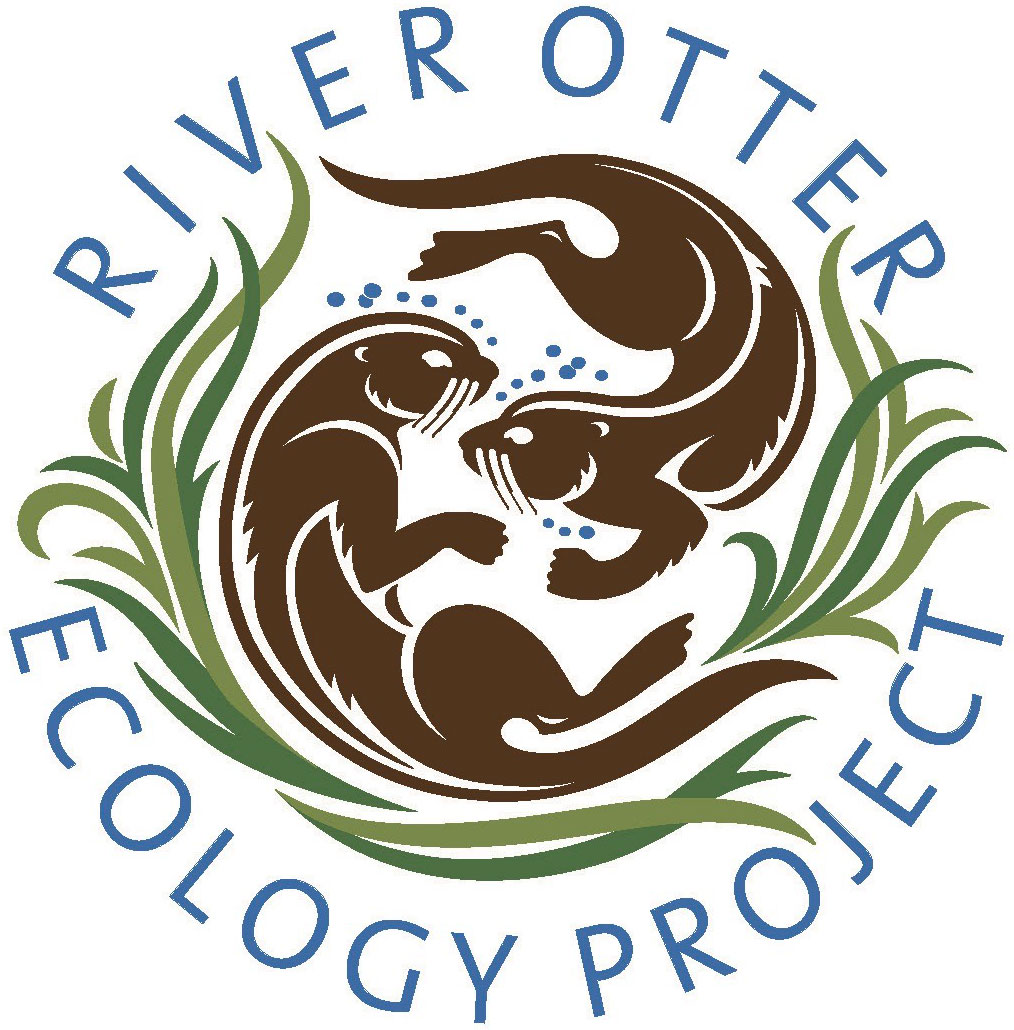Understanding Watersheds
Healthy watersheds make healthy ottersheds!
Watch the movie, and find out why and how you can help keep watersheds healthy for everyone.
ARE OTTERS AND WATERSHEDS CONNECTED?
River otters can inhabit every part of a watershed, from the headwaters all the way down to the coast. They spend more than half their time on land, but hunt and travel from place to place in the water. This means they’re susceptible to both good and bad conditions on land and in the water. Did you know the same conditions that make watersheds healthy for OTTERS make them healthy not only for humans, but for all other species. Everyone needs clean water, good nutrition, and a nice place to raise our young. That includes bacteria, fungi, plants, animals, and everything living on our beloved planet!
HOW CAN I HELP PROTECT MY WATERSHED?
There are lots of ways, and the good news is that it is really fun to become a watershed champion! One of the best ways is to get to know your watershed. Spend lots of time walking, biking or boating around the watershed. Find out what animals and plants live there. Pay attention to things you see that could be harming your watershed, like trash, pollution from roads or industry, or indiscriminate development. These are things you can do something about. Check out our list of how you can help otters because…..they will be the same things that help our watersheds and us humans too! There’s nothing that helps protect our shared land and water more than lots of people who care and who spend time getting to know and love the land, plants and animals around us. The most important thing you can do to help is educate yourself and speak up, to your representatives, to agencies, to your friends and relatives! It takes all of us to protect what we love.
WHAT OTTERS EAT… KEEPING FOOD WEBS AND OTTERS HEALTHY
Energy comes from food!
Otters are carnivorous and opportunistic feeders, meaning they eat any kind of meat or fish they can find. Common prey includes fish, crayfish, crabs, snakes, insects, birds, small mammals and even turtles!
An Apex Predator
Throughout the San Francisco Bay Area, otters eat at the top of the food web, consuming a wide variety of prey items while having few predators of their own. Other carnivores, such as coyotes and bobcats, may occasionally prey on young and injured otters. Outside of the San Francisco Bay Area, however, otters are sometimes preyed upon by wolves, humans (fur trapping), and even American alligators.

Otters, like other predators, may improve the overall health of a prey species’ population by targeting the sick and weak. Sometimes this includes species already threatened or endangered by human behaviors, such as salmon and red-legged frogs. However, little is known about the prevalence of these species in the otter diet, and we are currently conducting the first in-depth prey study of river otters in the Bay Area to shed some light on the issue. Our research will be helpful to conservation and restoration managers focussing on endangered species.
While otters may prey on species threatened with extinction, they have also been observed consuming invasive species that compete with native species and degrade delicate habitats such as eel grass beds. The common carp, signal crayfish and largemouth bass have been found in the scat of otters inhabiting inland habitats, while the coast-dwelling populations have been seen eating species such as European green crabs and striped bass.
HOW POLLUTION MOVES THROUGH FOOD WEBS
Bioaccumulation and Biomagnification
Bioaccumulation is the increase in concentration of a pollutant from the environment to an organism in a food web. Many pollutants produced by human activities, such as mercury, DDT, and PCBs, cannot be effectively eliminated by the animal once they are ingested. The pollutants remain inside the animal’s tissue and accumulate.
Biomagnification is the increase in concentration of a pollutant from one trophic level (level on the food web) to the next. As the predators consume each prey item, they too acquire pollutants consumed by their prey. Therefore, species at the top of the food web often have the highest concentration of pollutants in their tissues.

http://sustainable-nano.com
Remember, the nature of watersheds is to move moisture from the air, through and over ground and down to the lowest point….picking up pollutants, among other things, along the way and spreading them from place to place, plants to animals. The nature of food webs is to move both nutrients and toxins up the food web due to the eating habits of each organism.
Otters in the Bay Area are especially prone to bioaccumulation and biomagnification, as they live in close proximity to human developments. The bustling cities around the bay not only support a growing population, but also heavy industries such as oil refineries and steel mills that leach substances such as mercury and PCB’s into the waterways. The Sacramento–San Joaquin River Delta, on the other hand, carries agricultural waste from the Central Valley into the bay.
An Indicator Species
As otters eat mostly at the top of the food web, they acquire larger amounts of pollutants in their systems than many other species. As a result, they can be more likely to be affected by a polluted habitat than other species. The effects of pollutants can either cause illness, affect their endocrine systems, reproductive success and/or pup health and survival. This characteristic makes otters good indicators of pollution levels in the bay and general health of the local ecosystems. We know that if otters are thriving and their populations are growing, their habitat must be reasonably healthy. With ongoing research efforts, the River Otter Ecology Project will continue to monitor the health and population trends of otters in the bay.
The River Otter Ecology Project is a registered 501 (c)(3) EIN #45-4997526 non-profit organization dedicated to the welfare of river otters and our watershed. Our organization is not affiliated with any other otter-related research group or community outreach organization.
© 2024 River Otter Ecology Project
